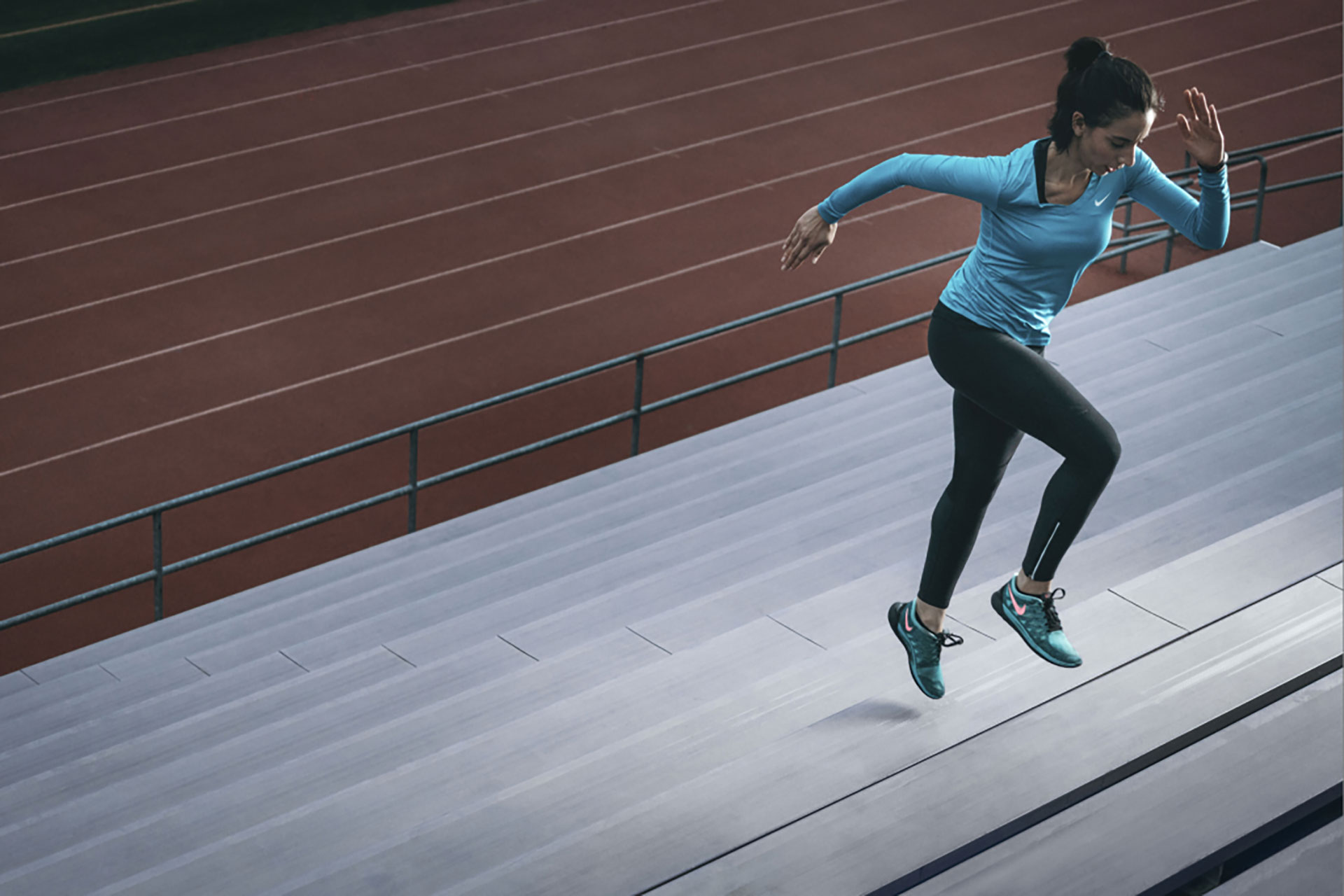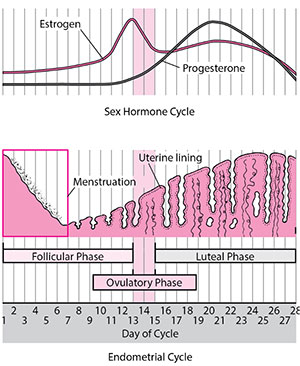On your period? Here’s how you can maximize your training
Depending on which phase of your menstrual cycle you're in, you should approach your training — or recovery — differently.
Jun 15, 2021 | Jessica Klecki, DPT

So, you started your period; great! Cue the tampon hiding in the sleeve trick, the constant paranoia of leakage and finding every excuse in the book to eat that extra piece of chocolate. It’s been happening monthly like clockwork (maybe) since puberty, but do you actually know what happens in your body during this phase of your cycle? That’s right, PHASE. Your cycle is more than menstruation itself (the bleeding part).
The average menstrual cycle spans anywhere from 21–35 days and consists of two phases. The first is the follicular phase, which begins the first day of your period and ends at ovulation. The second is the luteal phase, which begins at ovulation and ends on the first day of your period. Ovulation occurs around 12¬–14 days after menses (your period) begins. The length of these two phases can vary based on the length of your entire cycle and when ovulation occurs.
Many women find it helpful to track their cycles with a tracking app (Clue, Flo, Ovia) — and some smart watches even come with a built-in feature now! It’s important to note that usage of oral contraceptives or IUDs can alter your natural cycle length and its characteristics because they alter the hormone levels in your body.
Your cycle is dependent on these hormones. Estrogen and progesterone are both sex hormones responsible for the development and regulation of the female reproductive system. You can see how the levels shift in the images below:

During the follicular phase there is a gradual rise in estrogen until ovulation. At ovulation, there is a steep drop in estrogen levels. Throughout the follicular phase progesterone levels stay relatively low.
Then, in the luteal phase, a sharp rise in progesterone occurs as estrogen levels stay low. If an egg is not fertilized and implanted, progesterone levels dip and shed the uterine lining, resulting in your period. If an egg is implanted, your progesterone levels continue to rise, pausing your cycle and preparing you for pregnancy, causing you to miss your period.
Higher levels of estrogen (follicular phase) prepare the body for ovulation and can have many effects on the body, including: increased glucose (sugar in the bloodstream for immediate use) usage, increased pain tolerance, increased tolerance to intense exercise, improved endurance and increased joint laxity (more mobility in joints). This means when estrogen levels reach their peak in our bodies we have more energy, recover quicker and can tolerate more before experiencing fatigue.
On the other hand, higher levels of progesterone (luteal) prepare the female body for when an egg is fertilized and implanted. These effects can include: increased fat storage, heart rate, breathing rate, glycogen (stored glucose for energy later) storage and joint laxity, as well as slowed muscle growth. Unlike peak estrogen effects, our bodies store more energy and tolerate less when progesterone peaks.
Since these hormones are affecting our performance, how can we use this information to our advantage?
The follicular phase (including your period week) is the time to train hard! Think higher intensity exercise including heavy/high intensity strength training and higher volumes for cardiovascular-based exercise (HIIT workouts, running, rowing, swimming, etc). Now is the time to reach for your personal best and really push yourself. We often avoid exercise during period week, but a little movement could be just what you need. You have enough energy stored from the luteal phase to fuel your workouts, and you may notice you are able to perform better than you thought!
The luteal phase is the time to rest and recover. If you feel like you’re dragging and are tired, listen to your body! Focus on lighter resistance exercises and low-effort cardio (LISS). This is the perfect time to take out your yoga mat or head outside for a walk.
While these are just a few tips to guide you, remember that Olympic gold metals, the U.S. Open, and NCAA championships have been won by women in all phases of their cycles.

Jessica Klecki
Jessica Klecki, DPT, is a pelvic health specialist whose unique approach involves creating comprehensive treatment plans that incorporate various exercises, breathing techniques and stretching methods.
